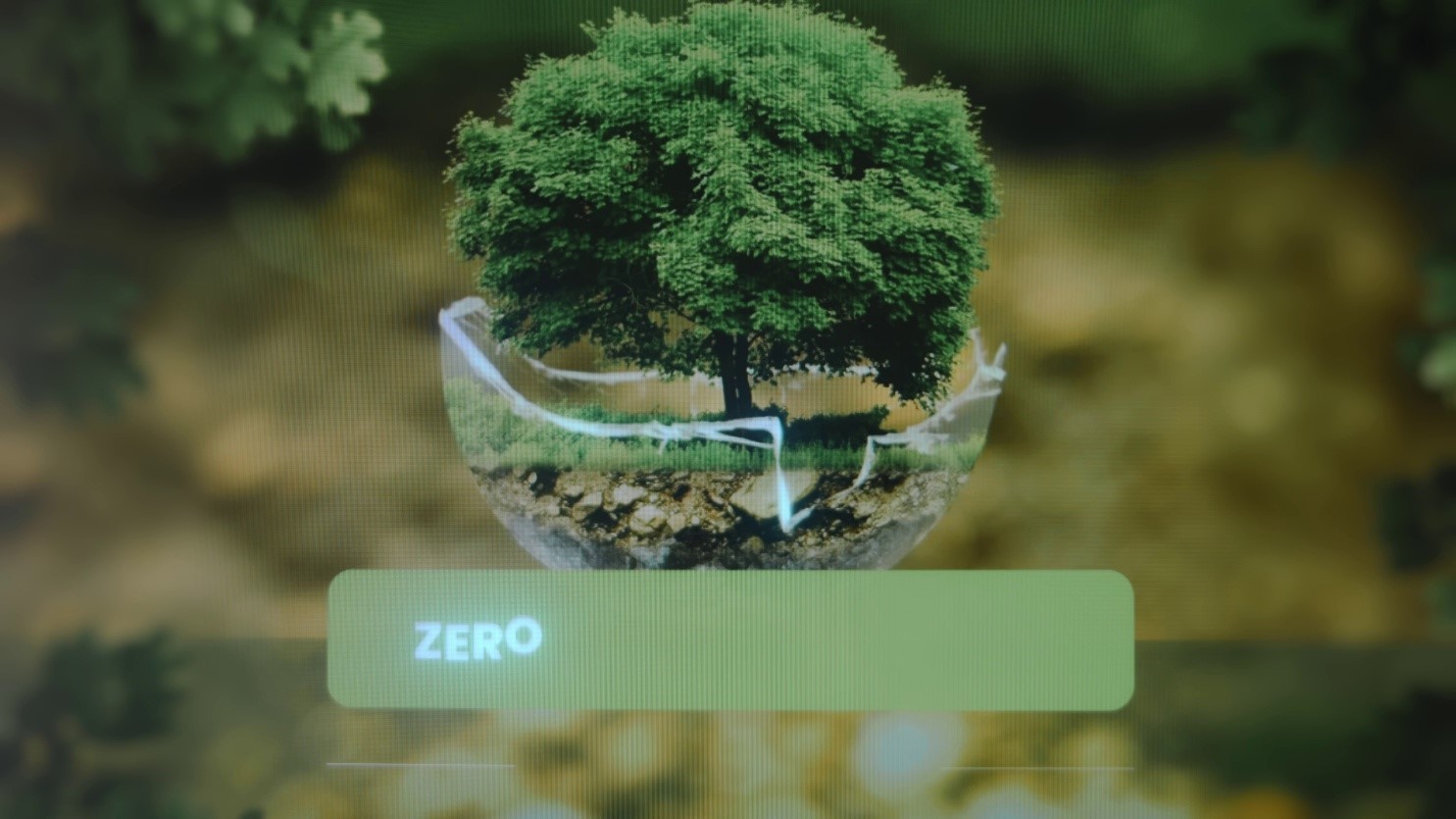Economic Factors in Environmental Planning
By Aubrey Kemper, Environmental Manager (Chicago, Illinois)
Aubrey Kemper holds a Bachelor's degree in Coastal Environmental Science from Flagler College in St. Augustine, Florida, and a Master's degree in Natural Resources from University of Nebraska - Lincoln. Her greatest passion is environmental education for all ages, and much of her academic research involved creating educational resources for "citizen scientists". Before coming to work at Vanguard Environmental, Inc., she served as a nature educator at Lyman Woods Nature Center in Downers Grove, Illinois. Now, that experience is channeled towards educating her ten nieces and nephews to become great stewards of the environment.
Since the Industrial Revolution started in the late 19th and early 20th centuries, there has been a marked increase in pollutants entering the environment. Such inventions as the steam engine and the automobile drastically increased the amount of fossil fuel combustion, which releases greenhouse gases (GHGs) into the atmosphere. Globalized mass industrialization has further exacerbated the issues caused by these increased emissions. In order to mitigate the issues caused by GHG emissions from industrial sources, many policy-making entities have suggested taking steps to create “green economies” to foster sustainable economic development.

The idea of the green economy is based primarily on the relationship between the economy and the environment. The United Nations Environment Programme (UNEP) defines it as an economy which results in “increased human well-being and social equity while reducing environmental risks and ecological shortages” [2]. This is certainly easier said than done, but it is a noble goal nonetheless. According to the United States Environmental Protection Agency (USEPA), industry accounted for 23% of all GHG emissions in 2022 [1]. These emissions are primarily sourced from the burning of fossil fuels and chemical reactions from raw materials during production of goods [1]. Phasing out these emission sources in favor of more sustainable – and preferably renewable – fuel sources and materials is one of the primary goals listed in most green economy plans.

There are multiple ways to measure a green economy, and many international and global entities have submitted their own measurement plans [3]. However, what all these plans have in common is a focus on maintaining environmental and social well-being whilst still growing a functioning economy. Transitioning from a traditional economy to a green economy will vary between nations, depending on each country’s natural and human capital and relative level of development [4].
An important step in contributing to a greener economy is determining potential air and stormwater pollution sources at your facility. If air and/or stormwater pollution are potential concerns, contact your Regulatory Specialist to discuss Vanguard Environmental, Inc.’s Stormwater Pollution Prevention Plan and Air Permitting Review services. These services will help identify potential pollution sources and create a plan to lower emission rates of pollutants from your facility.
